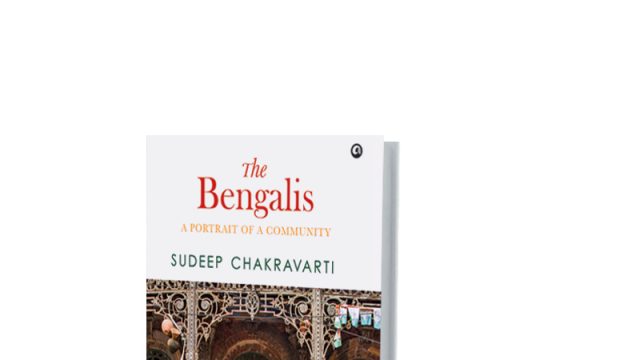It starts with the Bengali language, that mankicap-wearing sinikbewty-twisting tongue that is among the most spoken in the world. Chakravarti copies the rush of words in his foreword in one long paragraph of passion— because being a Bengali is all about passion combined with a superiority complex. His history of the community strives valiantly to span it in all its aspects, while balancing the divide between two places that used to belong to one country but now make up a state, West Bengal, and an independent country, Bangladesh. There is the Bengali Hindu on the one side and the Bengali Muslim on the other, a matter Chakravarti’s mother says at one point is of an ‘h’ and an ‘m’. Chakravarti’s family spans both sides of the river and includes the ‘h’ and ‘m’ through intermarriage, so he has the benefit of duality.
It is a community that can only be described as diverse in the way it sprawls beyond Bengal across the world to Europe and America. There are Little Indias dotted across the globe rooted to their customs and rituals—as an argument in Chicago over a Durga Puja programme proves. Apart from language, the Bengali has his culture and The Bengalis tries to cover every aspect, although, here, the book seems to be in danger of becoming a series of lists, some of them time-tested and some yet to be proven.
Politics, of course, is the third chapter and there the Bengali—labelled a wimp by the Brits— shows his ‘terrorist flair’. Bengalis have, both, endured and unleashed terror. The Naxalite era evokes Chakravarti’s previous book Red Sun and highlights the plight of an intellectual generation that was almost lost in protest, and how industry fled from a state dominated by the hammer and sickle while radicalism began to rear its head across the border. Non-Bengalis reading the book will get some of the nuances—Chakravarti ensures that with his meticulously diacritical version and vivid language—but it is a book that will have Bengalis rolling in the aisles, for they appreciate someone pulling their collective leg




